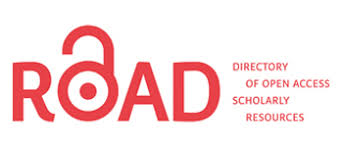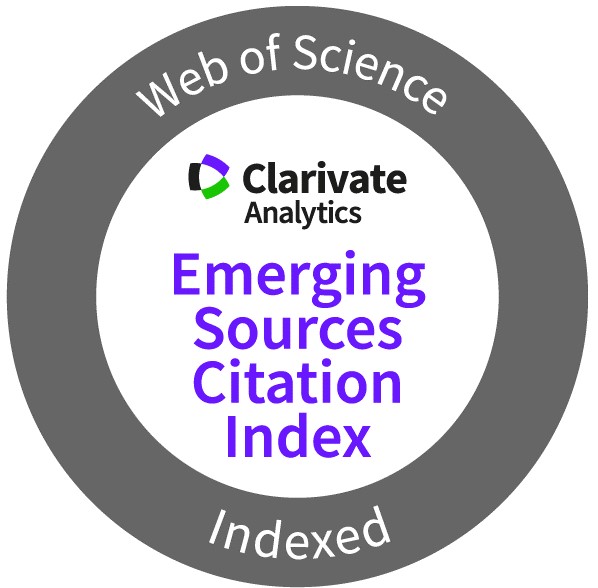Formación para mediadores en habilidades comunicativas y emocionales para mejorar su intervención y prevenir el acoso escolar
Palabras clave:
Mediación, formación, asertividad, empatía, escucha activa.Resumen
Los programas de mediación entre iguales pueden ser un método muy eficaz para prevenir el acoso escolar (Boqué, 2014; Noaks & Noaks, 2006). Este estudio pretende demostrar cómo la formación en 4 habilidades psicológicas como la empatía, la asertividad, la escucha activa y la proactividad enriquecen las actuaciones de los mediadores para mejorar el clima de la escuela, ya que la educación emocional es esencial para encontrar el equilibrio entre la razón y la respuesta emocional (Lantieri, 2001). La formación se llevó a cabo en un colegio británico de Valencia (España) durante el segundo y tercer trimestre del curso 2015/2016 para los alumnos de secundaria. Se capacitó a 15 mediadores para el grupo experimental y se midió el clima de la escuela antes del entrenamiento y después de la evaluación de 10 mediaciones, utilizando un cuestionario de satisfacción tipo Likert de 5 niveles con 36 ítems en una muestra de 42 estudiantes de 11 a 15 años (N = 22) y control (N = 21). No sin antes haber obtenido los consentimientos necesarios de los padres y la comisión de ética universitaria. El grupo experimental mejoró significativamente su percepción del clima escolar (M = 3.96, SE = .046) que el control (M = 3.70, SE = .030, t (40) = - 4.58, p <0.05, r = 0,99). A pesar de tener una muestra pequeña y poco tiempo para desarrollar el programa, observamos cómo estas estrategias psicológicas mejoraron las intervenciones de los mediadores, tras las que se consiguió un pequeño cambio en la percepción de los estudiantes sobre las relaciones que establecen con sus con sus compañeros y profesores a más positivas y seguras. Este programa piloto nos guía a investigaciones más exhaustivas en el futuro.
Citas
Arellano, N. (2008). Violencia entre pares escolares (Bullying) y su abordaje a través de la mediación escolar y los sistemas de convivencia. Revista informe de investigaciones educativas, 26, 211-230.
Boqué, M.C. (2014). Percepción de los estudiantes para maestro sobre la violencia escolar: una puerta de acceso a la mediación de conflictos en infantil y primaria. Innovación educativa, 24, 63-76.
Burton, J.W. and Dukes, F. (1990). Conflict: Readings in Management and Resolution. New York: St. Martin's Press.
Bush, G., & American, L. A. (2003). The school buddy system: The practice of collaboration. Chicago: American Library Association.
Carpintero, H. (2003). La influencia de la escuela de Ginebra en la psicología española. Revista de Historia de la Psicología, 24(2), 255-271.
Cremin, H. (2001). Peer Mediation Training for Young People. Bristol: Lucky Duck Publishing. Cowie, H. & Smith, P. (2010). Peer support as a means of improving school safety and reducing bullying and violence. En B. Doll, W. Pfohl & J. Yoon (2010) Handbook of Youth Prevention Science (p.177-193). London: Routledge.
Diener, E., Emmons, R., Larsen, R. J. & Griffin, S. (1985). The Satisfaction with Life Scale. Journal of Personality Assessment, 49, 71-75.
Escámez, J. García, R. y Sales, A. (2002) Claves educativas para escuelas no conflictivas. Barcelona: Idea Books.
Folberg, J. & Taylor, A. (1996). La mediación: la Resolución de conflictos sin litigio. México: Limusa.
Goleman, D (1996). La alfabetización emocional. En La inteligencia emocional (pp. 145-164). Barcelona: Kairós.
Ibarrola-García, S. & Iriarte, C. (2013) La influencia positiva de la mediación escolar en la mejora de la calidad docente e institucional: percepciones del profesor mediador. Profesorado, revista de currículum y formación al profesorado, 17(1), 367-384. Recuperado de http://www.redalyc.org/pdf/567/56726350022.pdf
Johnson D. & Johnson R. (1996) Conflict Resolution and Peer Mediation Programs in Elementary and Secondary Schools. A Review of the Research. Review of Educational Research, 66(4), 459-506. Recuperado de http://journals.sagepub.com
Lederach, J. P. (1996) Mediación. Gernika,España: Centro de Investigación para la Paz Gernika Gogoraruz. Recuperado de https://www.gernikagogoratuz.org/
Publicado
Cómo citar
Número
Sección
Los autores que publican en esta revista están de acuerdo con los siguientes términos:
- Los autores conservan los derechos de autor y garantizan a la revista el derecho de ser la primera publicación del trabajo al igual que licenciado bajo una Creative Commons Attribution License que permite a otros compartir el trabajo con un reconocimiento de la autoría del trabajo y la publicación inicial en esta revista.
- Los autores pueden establecer por separado acuerdos adicionales para la distribución no exclusiva de la versión de la obra publicada en la revista (por ejemplo, situarlo en un repositorio institucional o publicarlo en un libro), con un reconocimiento de su publicación inicial en esta revista.
- Se permite y se anima a los autores a difundir sus trabajos electrónicamente (por ejemplo, en repositorios institucionales o en su propio sitio web) antes y durante el proceso de envío, ya que puede dar lugar a intercambios productivos, así como a una citación más temprana y mayor de los trabajos publicados (Véase The Effect of Open Access) (en inglés).










